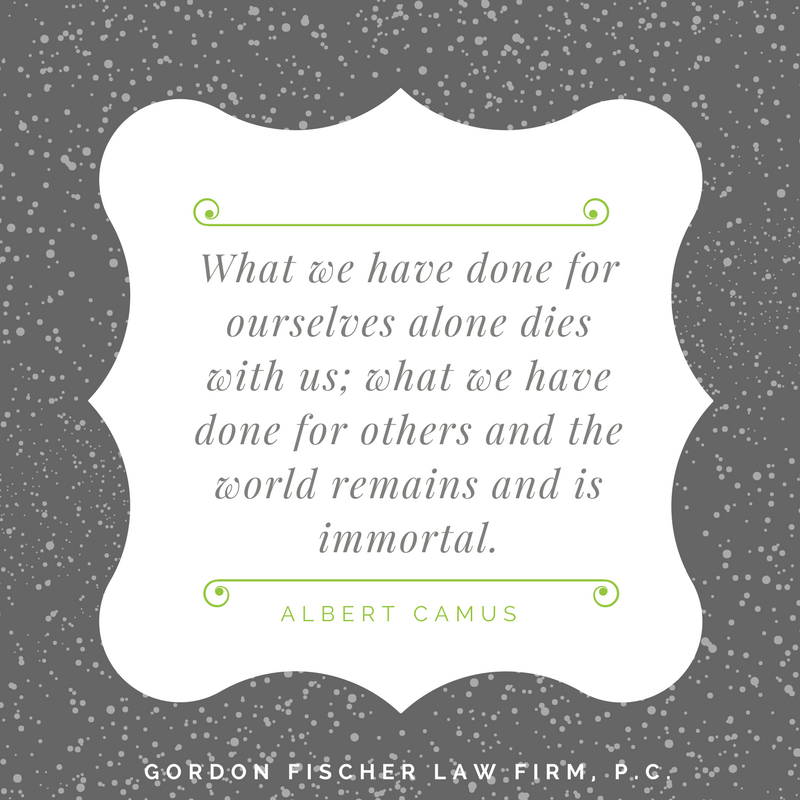Martin Luther King Jr. Day and Valentine’s Day aren’t the only days worth recognizing in January and February. I like to help spread the word about all the awesome events, awards, and grants available in Iowa. There are so many great opportunities for nonprofit pros, board members, volunteers, and donors, that range from seminars to galas. But, life is busy, and it can be hard to keep track of what you should register for or put on your calendar. That’s why I compiled a list for your convenience!
Learning Seminars, Trainings, & Workshops
- 1/9/20; 1/23/20; 2/6/20; 2/20/20; 3/5/20 – Hosted by Volunteer Iowa: “The online Volunteer Management series will enhance best practices training and provide a consistent curriculum to be used within your organization. The webinar series is live, interactive, and the online classes are presented by leading experts across the state. Registration fee to attend all six sessions: $125.”
- 1/15/20 – Head to Cedar Rapids for “Nonprofit Know-How: Grants at the Community Foundation in 2020.” A taco bar followed by a panel discussion to offer insights about the grantmaking process at the Greater Cedar Rapids Community Foundation. Panelists include a former grant committee member, a former grant writer, and Community Foundation Program Officers. The event will also include a review 2020 grant opportunities at the Community Foundation for local charitable nonprofits that provide services in Linn County.
- 1/21/20- At the Des Moines Fundraising Institute’s “Capital Campaigns I” class, participants will develop a framework for building a successful campaign that includes planning, timelines, and resources. This session will explore feasibility studies, hiring outside counsel, and creating a case statement for the campaign.
- 1/22/20- Nonprofit staff and volunteers who have social media and digital marketing duties or those who are interested in exploring social media may want to register for “How to Succeed in Social Media in 2020 and Beyond” at Junior Achievement in Des Moines.
- 1/28/20- Nonprofit professionals (executive directors, program staff and others) that train adult learners may want to register for “Train the Trainer” session covering everything that goes into planning a successful training session. Attendees will receive all the slides, handouts and a Train the Trainers toolkit. Morning coffee, snacks and lunch will be provided.
- 2/17/19- At the Des Moines Fundraising Institute’s “Capital Campaigns II” class, attendees will focus on the implementation of the plan including the private and public phases of the campaign, unrestricted and restricted giving (purpose and time), pledge payments, and complex gift vehicles including blended gifts.
- 2/29/20 – “Equity by Design: Using Equity-Centered Community Design to Co-Create Community-Engaged Projects” workshop will be hosted at Grinnell College by Iowa Campus Connect. The workshop is open to faculty, staff, community members/organizations, and students interested in beginning to develop a framework for their own collaborative community projects.
Events
- 1/5/19- Live in the Iowa City area? Come learn about different community organizations and find out how you can help causes that matter to you at the first Corridor Community Action Network Convention at the Iowa City Public Libary.
- 1/11/19- Make valentines for veterans in Oskaloosa. Supplies are provided and The American Legion members will be on hand to share there stories with guests as they make cards. Valentines will be sent to active-duty members, veterans in local nursing homes and the Iowa Veterans Home in Marshalltown.
- 1/17/20- Head to The Ron Pearson Center in West Des Moines for “Feast for Your Senses” supporting Variety Iowa. An individual ticket is a donation of $300 and in return, attendees will enjoy scrumptious dishes and beverages; a mini-concert from Girls Rock; and inspirational stories from Jay Byers. Additionally, an art therapy session will be specially curated by YESS, and an educational talk will be offered by food insecurity expert, Michelle Book from Food Bank of Iowa.
- 1/17-1/18/20- “Kidsfest, presented by Veridian Credit Union, is a fundraising event for Children & Families of Iowa. The event will be held at the Varied Industries Building on the Iowa State Fairgrounds. Entertainment for the little ones includes three stages of live entertainment, bounce houses, superheroes and cartoon characters, games, crafts, and exhibitors.
- 1/26/20- Convivium Urban Farmstead is partnering with River Bend Foodbank for this unique fundraising event to raise awareness about poverty and food insecurity in Dubuque. Tickets are $25 a person. Proceeds for the event will go to River Bend Foodbank and Convivium Urban Farmstead to support programming for low income individuals in Dubuque.
- 2/1/20- Support Make-A-Wish Iowa at the 21st Annual Share the Power of a Wish® Gala: Starlight at the Waterfront Convention Center in Bettendorf.
- 2/8/20- Register a team of 2 for $80 and compete in a bags (cornhole) tournament at Beer Can Alley in Des Moines to raise money for Prevent Child Abuse Iowa. Have fun while supporting the organization’s mission of providing safe and happy childhoods for Iowa’s kids. The event will also include food and a silent auction.
- 2/8/20- JDRF will be hosting its 3rd annual local fundraiser pub crawl to help fund a cure to Type 1 Diabetes for families in the Cedar Valley.
- 2/15/20- Nonprofit Iowa Team B.L.U.E. will be hosting its first annual fundraising dinner, Hearts and Handcuffs, in Ankeny. 100% of the funds raised will be to fulfill requests for equipment and training for local Iowa law enforcement officers. Jason Brown, an incredible country music artist and supporter of law enforcement, will perform a private concert for attendees’ enjoyment during dinner.
- 2/21/20- Join the Iowa Sister States for its Global Gathering, an inaugural luncheon that celebrates citizen diplomacy, in Des Moines at The River Center.
- 2/22/20- Do good while laughing, eating, drinking, and enjoying yourself at Des Moines Children’s 2nd annual Giggle Gala at the Decades Event Center in West Des Moines.
Grants/Scholarships
- 1/24/20 – Iowa & Minnesota Campus Compact is seeking host sites for next year’s VISTA Community Corps program, which strives to eliminate poverty through community-campus partnerships by placing full-time capacity-building support in nonprofit organizations and higher education institutions. Deadline for applications is January 24.
- 1/31/20- Applications are due at the end of January for the Bank of America Student Leaders Program, which connects community-minded high school juniors and seniors with paid summer internships with local nonprofits and a national leadership summit in Washington, D.C.
- 1/31/20- Each year, dsmHack holds a 48-hour hackathon to help a local nonprofit organization solve their technology problems. This flagship event connects technology enthusiasts including developers, designers, and project managers and partners them with nonprofits selected through an application process. Nonprofit applications are open through January 31.
- 2/28/20 – Prairie Meadows Community Betterment Grants fund small-to-medium-sized projects with grants ranging from $100 to $99,999. These grants support qualified organizations seeking to improve the lives of those in their communities. Submissions are due by February 28.
There are so many great events and opportunities for nonprofits and the people that advance them that there is no doubt I missed some in the list above. Don’t hesitate to email me at gordon@gordonfischerlawfirm.com to notify GFLF of any upcoming nonprofit-focused events and opportunities in the coming months.



























 Giving is a privilege
Giving is a privilege




